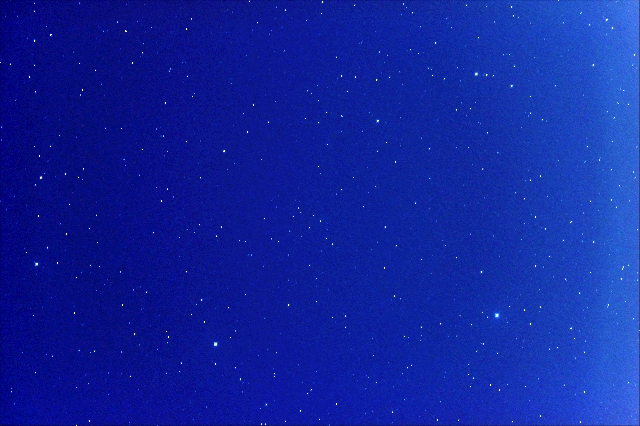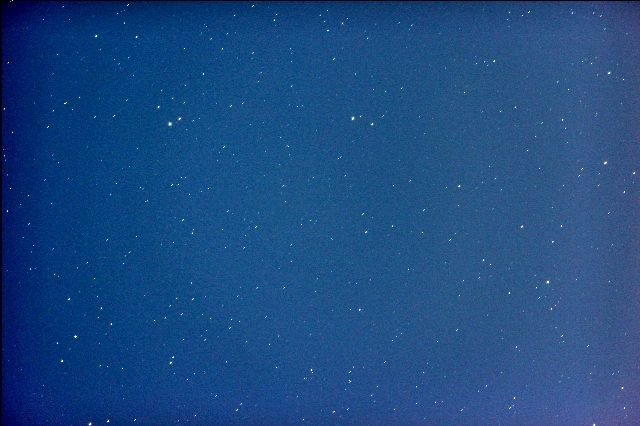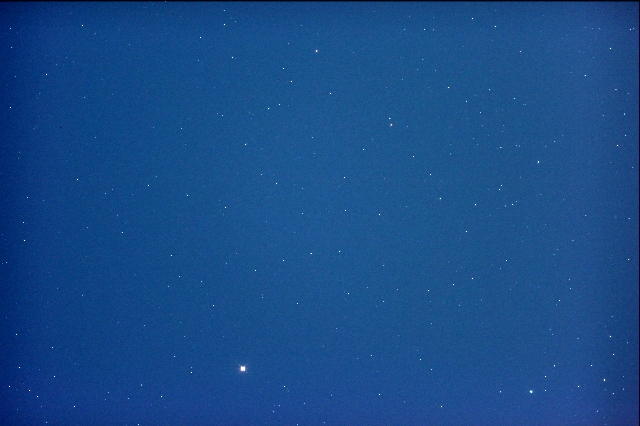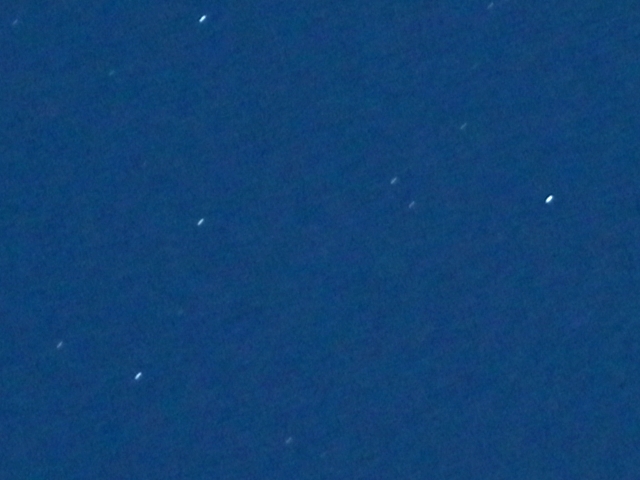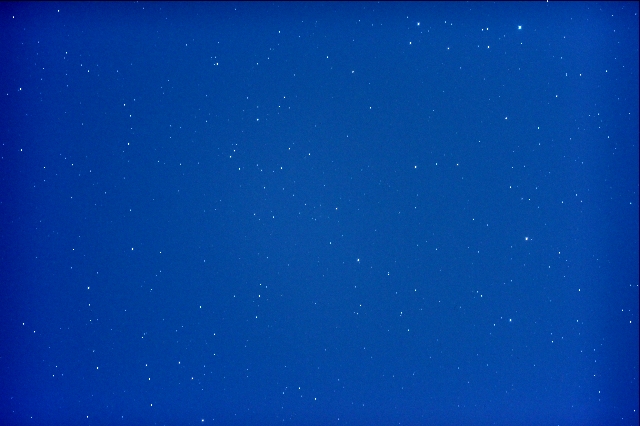
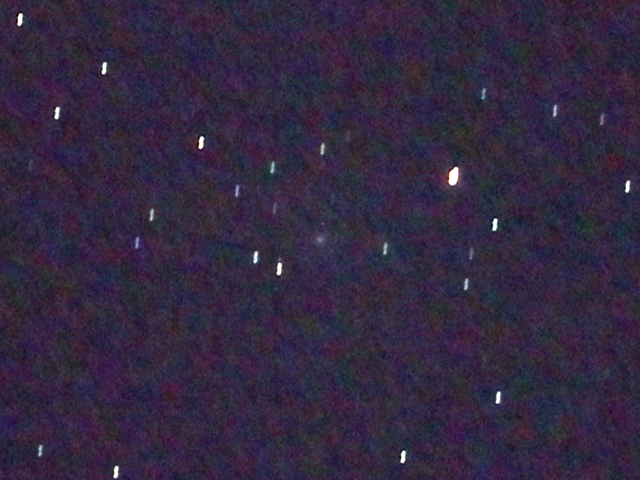
63P/<Wild 1 (2013) 彗星>
2013/04/03T20:54:00.06〜21:14:34.00までの60秒間露光20枚を合成
右上の最輝星は9.45等、左ややしたの2星は13.79等と14.58等
露光時間:60秒*20=20分
ε160/530mm + LPS-P2 + 300D/ISO800 / EM200Temma2
StellaImage6.5で合成、レベル補正とリサイズ
|
* ヴィルト第1彗星 *
Discovery Paul Wild (Astronomical Institute of Bern, Switzerland) discovered this comet on a photographic plate exposed on 1960 March 26. The comet was then located in Leo. He determined the magnitude as 14.3. Wild finally confirmed the discovery on April 5 and April 6. He determined the magnitude as 14.7 on the first date, and 14.5 on the second. Historical Highlights Wild computed the first orbit which was published on April 20. It was parabolic and indicated a perihelion date of 1960 February 15. After a few additional observations had been received, B. G. Marsden (Yale University Observatory, USA), computed an elliptical orbit which was first published on April 29. This orbit indicated a perihelion date of March 20 and an orbital period of 15.4 years. Marsden said the period was uncertain by several months. The period was eventually refined to 13.17 years. The comet was followed at several observatories during April, but it was steadily fading. It was last detected on June 27 by Elizabeth Roemer (U. S. Naval Observatory, Arizona, USA) at a magnitude of 19.5. Roemer had been the only person to follow the comet throughout most of May and all of June. As the comet approached its 1973 apparition, Marsden was working to refine the orbit so as to allow the comet's recovery. As early as 1971 August, Wild sent Marsden remeasured positions of the comet from his 1960 photographic plates. Marsden then redetermined the 1960 orbit and predicted the comet would next arrive at perihelion on 1973 July 2. The comet was subsequently recovered on 1973 January 8 when Roemer photographic it at a magnitude of between 19.5 and 20.0. Her precisely measured position indicated Marsden's prediction was only one day off. The comet was not favorably placed during the 1973 apparition and never became brighter than magnitude 19. It was last seen by Roemer on June 5. The comet was not seen during its 1986 apparition, but was recovered late in 1999 and attained a total magnitude of around 12 early in 2000. |
2013年04月03日


